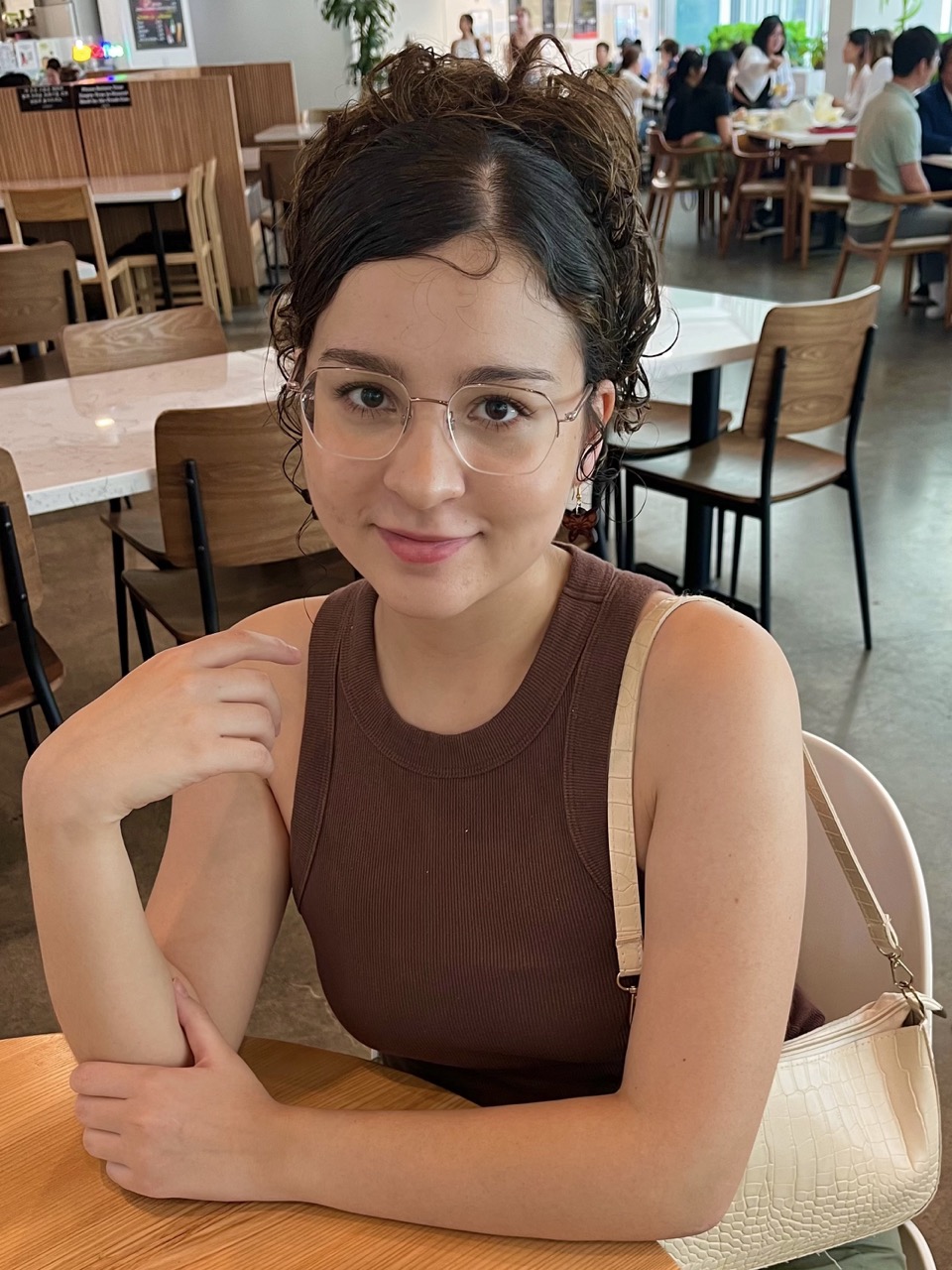
In June 2023, a group of diverse mental health professionals were called together to serve on a two-year Mental Health Equity Cohort (MHEC) led by Director of Mental Health and Wellness, Joselyn Spence, MDiv, LPC, ATR.
Throughout December, MHEC members will share a variety of resources and stories to help you navigate through the wintertime, holidays, and beyond. Today’s resource is a mindfulness practice from Zaemelys Ramos-Rodriguez.
In the midst of our busyness, we often forget to slow down and enjoy the simple moments in our daily lives—the beauty of the fresh air or the warmth of a home. Mindfulness is a way in which we can pay more attention to the present moment, often through various practices such as meditation or breathing exercises. Mindfulness aids in being more aware of thoughts and feelings so that we become less overwhelmed by finding ways to manage them. It is a great way to reduce stress and increase our overall well-being. There are a variety of ways we can use mindfulness in our everyday lives, and there are spiritual practices that can improve our health and relationship with God.
Lectio Divina (Latin for “Divine Reading”) is a method of praying with scripture, and Visio Divina (Latin for “Divine Seeing”) is a method of praying with images and other media. These are some spiritual practices that tie prayer with mindfulness. Lectio Divina has personally helped me develop a healthier relationship with reading scripture, giving me a newfound appreciation for the nuances of the Bible. Visio Divina is a new practice that I have been learning, and I also find it fascinating how images can bring you closer to God.
Visio Divina is a spiritual practice that invites us to see at a more contemplative pace, examining and exploring the entirety of an image, going deeper than the first or second impressions of the image. While this practice may not be for everyone, I encourage you to try it, it may surprise you the more that you are intentional with the practice.
To aid in your reflection, I will lead you in a Visio Divina through this visual art titled ‘Presence.’ I created this piece in the last year of my undergrad. I collaborated on this piece with a fellow artist who took the photograph and a writer who wrote the text. My role was to create a tangible piece with the image and text, and I felt it was a fitting piece for this exercise.
Step 1: Choose a comfortable place where you will not be distracted. Close your eyes and focus on your breathing, which can be a helpful way to concentrate. Once you feel more centered, open your eyes and look at the images within the video.
Step 2: Watch the video. You may choose to pause the video and read every word or focus on the colors of the art. Notice the shapes, textures, colors, and even the lighting of the images.
What do the words say?
What do they mean?
How do they connect with the images?
Note your feelings as you examine the whole and parts of the art.
Step 3: Focus more on a specific image that draws your attention.
How is God speaking to you?
Why do you think God drew your attention to this particular image?
Is there a message conveyed through the image that connects to your life today?
Do you sense an invitation? Do you hear a call? Is a memory aroused?
Allow these thoughts to come to your heart.
What feelings are happening for you?
Be open to trying to understand what God is saying to you.
Step 4: Has God spoken to you through the artwork?
Allow yourself to process your thoughts in response to what you think God has spoken to you.
What is your response? What is your prayer?
Give voice to the desires that arise for you and emotions that are happening within you.
Step 5: How does this practice of Visio Divina connect with your life now?
Does the art now evoke a value or different way of thinking or being? Does it open or deepen a desire in your heart?
How do you feel God is calling you to respond?
With Gratitude? Wonder? Lament? Forgiveness? Praise?
I hope this exercise helps you learn something new about yourself or witness God’s presence in your life. You can use this mindfulness practice to help you center your feelings and emotions more intentionally in addition to cultivating a beautiful relationship with God.
Zaemelys Ramos-Rodriguez is a member of Casa de Refugio Christian Church (Disciples of Christ) in southern California, where she is a graduate student studying to obtain a Ph.D. in clinical psychology. She aims to bring equity to the mental health care system by creating affordable, culturally responsive care and healing for minoritized communities.


